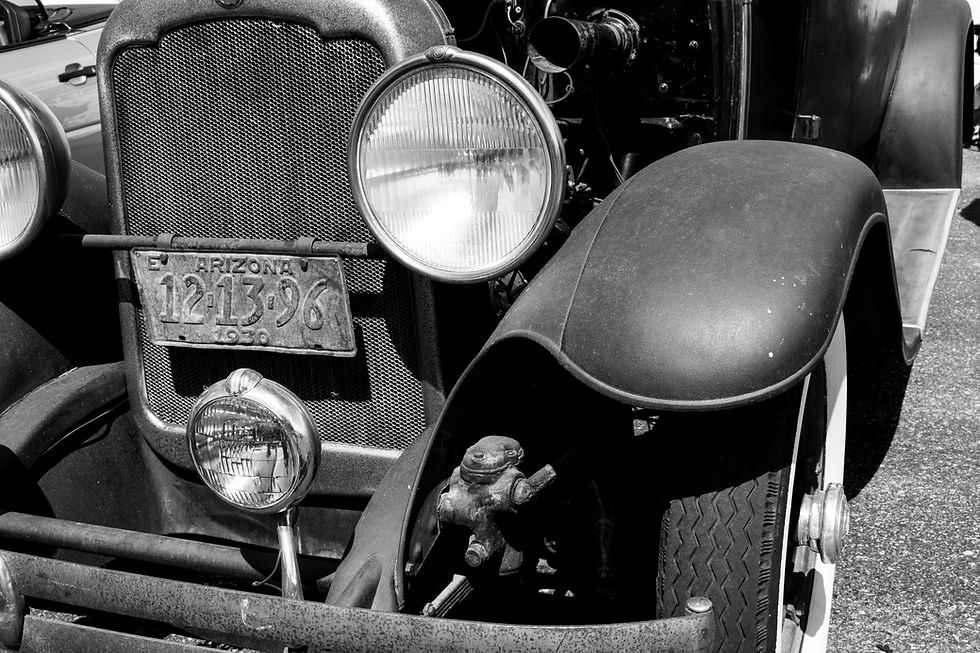Ghost Place
- Eric Grimm
- Nov 3, 2020
- 3 min read
Updated: Nov 7, 2020
Pagosa Junction, once well-traveled for centuries, now a memory
Ghost towns bring out odd emotions. Walking around someone’s now deserted neighborhood you see the present reflected from the past with little hope for future. The times changed. The issues faded. The people left.

Pagosa Junction is in an area that was called Gato near where Cat Creek feeds into the San Juan River. Ute and Navajo peoples lived and hunted there as early as 1300, according to some reports. Spanish explorers traveled through the area in the 1700s.
The Smithsonian Institution reportedly received from a local family a hand-woven silk shawl, a priceless gold necklace, and a large emerald – heirlooms carried with the Spanish Juan de Onate expedition of 1626.
The search for gold and silver and the high value of lumber during Western expansion brought many more people through the mountain passage. American trappers trekked through from Taos in the early 1820s, and cattle and sheep ranchers grazed on the land.
The Denver and Rio Grande Railroad built a narrow-gauge line into southern Colorado’s San Juan Basin during the railroad wars of the mid-1800s. Former Civil War General William Jackson Palmer, founder of Colorado Springs, CO, was feverishly trying to claim a rail network linking Denver throughout the Rocky Mountains and Utah. Competing against the aggressive Atkinson, Topeka, and Santa Fe railroad, Palmer’s line was part of his fledging system that passed from Pueblo through Pagosa Springs to Gato to Santa Fe, New Mexico – known as the Chili Line. A station house was built at Gato in 1881 and the town’s name changed to Pagosa Junction.

The railroad partnered with The Pagosa Lumber company to continue operations for a while, and the town grew, boasting a large-payroll lumber mill, a restaurant, boarding houses, two general stores, a Catholic church, and more businesses.
The area is a sepia-toned picture of the Old West. Stories of town shootouts leaving bullet holes in the old buildings and battles with local Ute and Navajo tribes annotate the history. Horses and horse-ranching are still part of the region.
By 1916, The Pagosa Lumber Company moved on to new forests. Pagosa Junction was a vibrant byway that blossomed during the mining and lumber rushes, but the luster faded during the Great Depression when in the mid-1930s the railroad ceased operations to nearby Pagosa Springs. When the post office closed in 1954, and the school closed in 1962, the town rapidly crumbled.
The St. John the Baptist Catholic Church still stands over the little valley, built after floods washed away two prior church buildings, according to reports. Dedicated in 1927, the church still offers masses by special request.
It’s quiet here, though. The dirt roads are empty and open ranches and farms along the Navajo River have sparse and primitive housing. Going south, the New Mexico border is a few miles away.

Pagosa Junction never counted more than 500 residents, not including the “canyon people” who came to town out of the hills for supplies and entertainment. The old Gomez Store closed in 1971, and since has been moved to a Pagosa Springs museum site along with a couple of other town buildings. Tours of the historic town stopped many years ago.
The lively gathering of local peoples is now heard only in the whisper of a breeze or a rustle of sagebrush. The creaking door of a homestead and the rusted rails of an abandoned train track are now the monuments for someone’s big dream, a comfort in the storm, and a hope of future.
Just outside the valley, though, off the Ute Reservation or along reservation transit corridors, big second-home mansions and horse ranches bring a genteel elegance that signals a new time for this wilderness. The sacred rocks and gathering spots are being replaced by isolated wealth and heated stables that big money buys.
The new gold rush of space and isolation has been driven by people fleeing urbanization, tech-worker escapees from California, and rich Texans who come for the summer. Another wave of humanity swells to a crest, tips, and floods in a new direction leaving a trail of cast-off dreams and might-have-beens.
Downtowns become uptowns. Inner cities get gentrified then re-ghettoized. In making things better the darkness of self leaves bullet holes in buildings, scars on the mountains, and plastic in the oceans.
Another abandoned neighborhood’s shutters swing, steps crumble. Detritus of graffiti and trash blown against chain-link fences color the forgotten community. Only yesterday it was the place to be, now it’s a last stop for economic refugees.
A new out-migration begins. Streets empty. Time molds a new history in dilapidation, a new story of better days gone by. The past reflects the future as hope slips away like a quiet last breath. Only a ghost of silence walks these neighborhoods now.








Comments